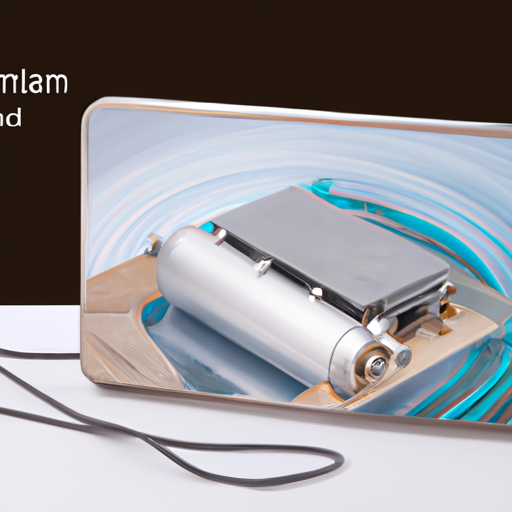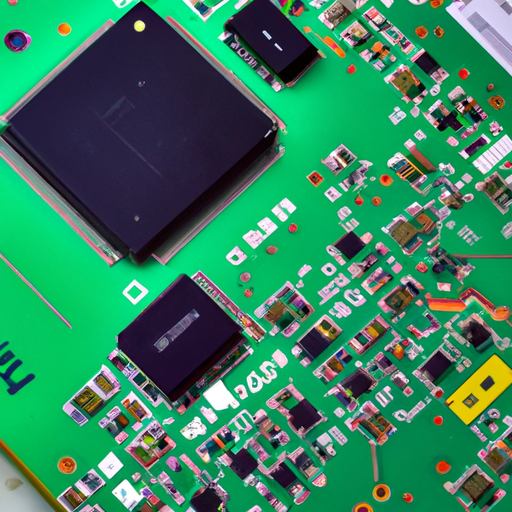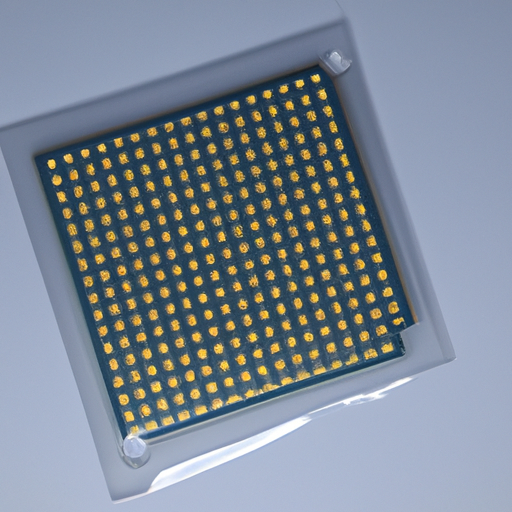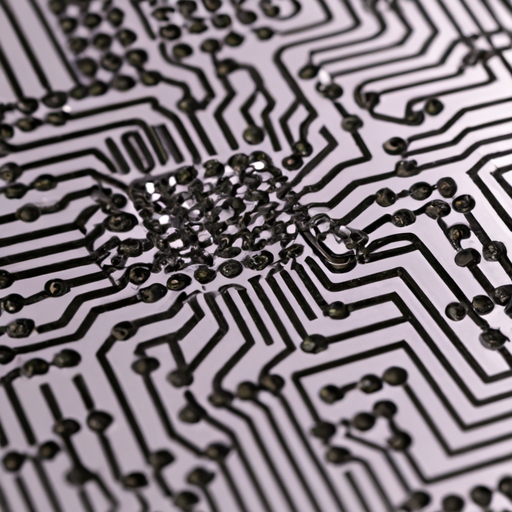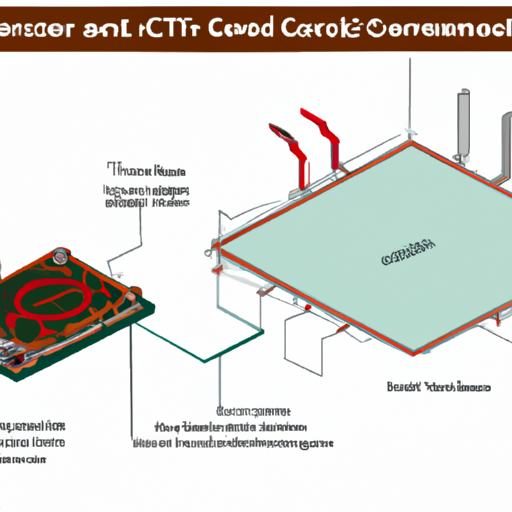What is the mainstream semiconductor integrated circuit production process?
What is the Mainstream Semiconductor Integrated Circuit Production Process?
I. Introduction
In the heart of modern technology lies a crucial component: semiconductor integrated circuits (ICs). These tiny electronic devices are the building blocks of virtually all electronic systems, from smartphones and computers to automotive systems and medical devices. The production of ICs is a complex and highly specialized process that combines advanced engineering, cutting-edge technology, and meticulous quality control. Understanding this production process is essential, not only for those in the semiconductor industry but also for anyone interested in the technology that shapes our world.
II. Overview of Semiconductor Manufacturing
A. Brief History of Semiconductor Technology
The journey of semiconductor technology began in the mid-20th century, with the invention of the transistor in 1947. This breakthrough led to the development of integrated circuits in the 1960s, which allowed multiple electronic components to be combined into a single chip. Over the decades, advancements in materials science, manufacturing techniques, and design methodologies have propelled the semiconductor industry into a critical role in the global economy.
B. Types of Semiconductor Materials
1. **Silicon**: The most widely used semiconductor material, silicon is favored for its excellent electrical properties and abundance. It serves as the foundation for the majority of ICs produced today.
2. **Gallium Arsenide**: Known for its superior electron mobility, gallium arsenide is used in high-frequency and optoelectronic applications, such as LEDs and solar cells.
3. **Other Materials**: Emerging materials like silicon carbide (SiC) and indium phosphide (InP) are gaining traction for specific applications, particularly in power electronics and high-speed communications.
C. The Role of Semiconductor Manufacturing in the Global Economy
The semiconductor industry is a cornerstone of the global economy, driving innovation and enabling advancements across various sectors. It supports millions of jobs worldwide and contributes significantly to GDP in many countries. As technology continues to evolve, the demand for semiconductors is expected to grow, further solidifying their importance in the economic landscape.
III. The Semiconductor IC Production Process
A. Design Phase
The production of semiconductor ICs begins with the design phase, where engineers conceptualize the circuit and define its specifications. This phase is critical, as it lays the groundwork for the entire manufacturing process.
1. **Conceptualization and Specifications**: Engineers collaborate to outline the functionality, performance, and size of the IC, ensuring it meets the intended application requirements.
2. **Electronic Design Automation (EDA) Tools**: Advanced software tools are employed to create detailed circuit designs, simulate performance, and optimize layouts. EDA tools play a vital role in reducing design errors and improving efficiency.
3. **Design Verification and Validation**: Before moving to production, the design undergoes rigorous verification and validation processes to ensure it meets all specifications and functions correctly.
B. Wafer Fabrication
Once the design is finalized, the next step is wafer fabrication, where the actual semiconductor devices are created on silicon wafers.
1. **Wafer Preparation**:
- **Silicon Wafer Production**: High-purity silicon is melted and crystallized into ingots, which are then sliced into thin wafers.
- **Wafer Cleaning and Inspection**: Wafers undergo cleaning to remove contaminants and are inspected for defects before processing.
2. **Photolithography**:
- **Photoresist Application**: A light-sensitive material called photoresist is applied to the wafer's surface.
- **Mask Alignment and Exposure**: A photomask containing the circuit pattern is aligned over the wafer, and ultraviolet light is used to expose the photoresist.
- **Development and Etching**: The exposed photoresist is developed, revealing the circuit pattern, which is then etched into the silicon.
3. **Ion Implantation and Doping**: Ions are implanted into specific areas of the wafer to modify its electrical properties, creating p-type and n-type regions essential for transistor operation.
4. **Deposition Processes**:
- **Chemical Vapor Deposition (CVD)**: Thin films of materials are deposited onto the wafer surface through chemical reactions.
- **Physical Vapor Deposition (PVD)**: Materials are vaporized and then condensed onto the wafer, forming thin films.
5. **Chemical Mechanical Polishing (CMP)**: This process smooths the wafer surface, ensuring uniformity and preparing it for subsequent layers.
C. Assembly and Packaging
After wafer fabrication, the individual chips are separated and packaged for use in electronic devices.
1. **Wafer Dicing**: The wafer is diced into individual chips, known as dies.
2. **Die Bonding**: Each die is attached to a substrate or package using adhesives or solder.
3. **Wire Bonding and Flip-Chip Bonding**: Electrical connections are made between the die and the package using fine wires or through solder bumps in flip-chip bonding.
4. **Packaging Types and Materials**: Various packaging options are available, including dual in-line packages (DIPs), surface-mount devices (SMDs), and ball grid arrays (BGAs), each suited for different applications.
5. **Testing and Quality Assurance**: Packaged ICs undergo rigorous testing to ensure they meet performance and reliability standards.
D. Final Testing and Quality Control
The final stage of the production process involves comprehensive testing and quality control to ensure the ICs function as intended.
1. **Electrical Testing**: Each IC is tested for electrical performance, including functionality, speed, and power consumption.
2. **Reliability Testing**: ICs are subjected to stress tests to evaluate their durability and performance under extreme conditions.
3. **Failure Analysis**: In the event of failures, detailed analysis is conducted to identify root causes and implement corrective actions.
IV. Advanced Technologies in IC Production
A. Moore's Law and Its Implications
Moore's Law, which predicts that the number of transistors on a chip will double approximately every two years, has driven the semiconductor industry to innovate continuously. This trend has led to smaller, faster, and more efficient ICs, enabling advancements in computing power and functionality.
B. Emerging Technologies
1. **3D ICs**: Three-dimensional integrated circuits stack multiple layers of chips, improving performance and reducing space requirements.
2. **System-on-Chip (SoC) Designs**: SoCs integrate all components of a computer or electronic system onto a single chip, enhancing efficiency and reducing costs.
3. **Advanced Packaging Techniques**: Innovations in packaging, such as chiplets and heterogeneous integration, allow for greater flexibility and performance in IC design.
C. The Role of Artificial Intelligence and Machine Learning in Manufacturing
AI and machine learning are increasingly being integrated into semiconductor manufacturing processes. These technologies enhance yield optimization, predictive maintenance, and quality control, leading to more efficient production and reduced costs.
V. Challenges in Semiconductor Production
A. Supply Chain Issues
The semiconductor industry faces significant supply chain challenges, exacerbated by global events such as the COVID-19 pandemic. Disruptions in raw material availability and logistics can lead to production delays and increased costs.
B. Environmental Concerns
The semiconductor manufacturing process is resource-intensive, raising environmental concerns related to water usage, energy consumption, and waste generation. The industry is actively seeking sustainable practices to mitigate its environmental impact.
C. Technological Limitations and the Need for Innovation
As transistors continue to shrink, manufacturers face physical limitations in traditional silicon technology. Ongoing research into new materials and manufacturing techniques is essential to overcome these challenges and sustain industry growth.
VI. Future Trends in Semiconductor Manufacturing
A. Industry Forecasts and Growth Potential
The semiconductor industry is poised for significant growth, driven by increasing demand for electronics, IoT devices, and advanced technologies such as AI and 5G. Industry forecasts suggest continued investment and innovation in the coming years.
B. The Impact of Global Events on Semiconductor Production
Global events, including geopolitical tensions and trade policies, can significantly impact semiconductor production. Companies must navigate these challenges to maintain supply chain resilience and ensure consistent production.
C. The Role of Government Policies and Investments
Governments worldwide are recognizing the strategic importance of semiconductor manufacturing and are implementing policies to support domestic production. Investments in research and development, infrastructure, and workforce training are crucial for the industry's future.
VII. Conclusion
The production process of semiconductor integrated circuits is a complex and multifaceted endeavor that plays a vital role in modern technology. From the initial design phase to wafer fabrication, assembly, and final testing, each step is critical to ensuring the performance and reliability of ICs. As the industry faces challenges and embraces new technologies, continuous innovation will be essential to meet the growing demands of the global market. The future of semiconductor manufacturing is bright, with opportunities for growth and advancement that will shape the technology landscape for years to come.
VIII. References
A comprehensive list of academic journals, industry reports, and online resources on semiconductor technology would be included here to support the information presented in the blog post.

